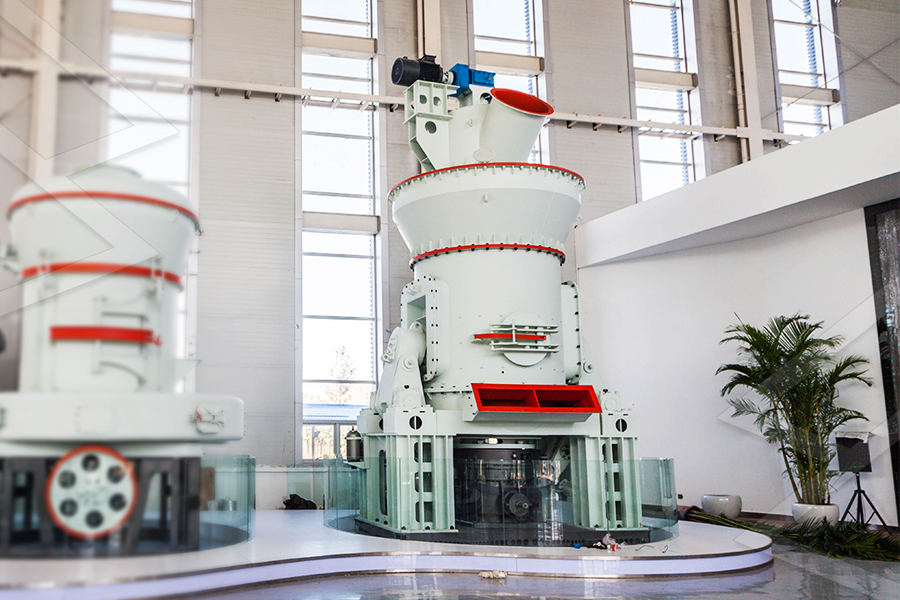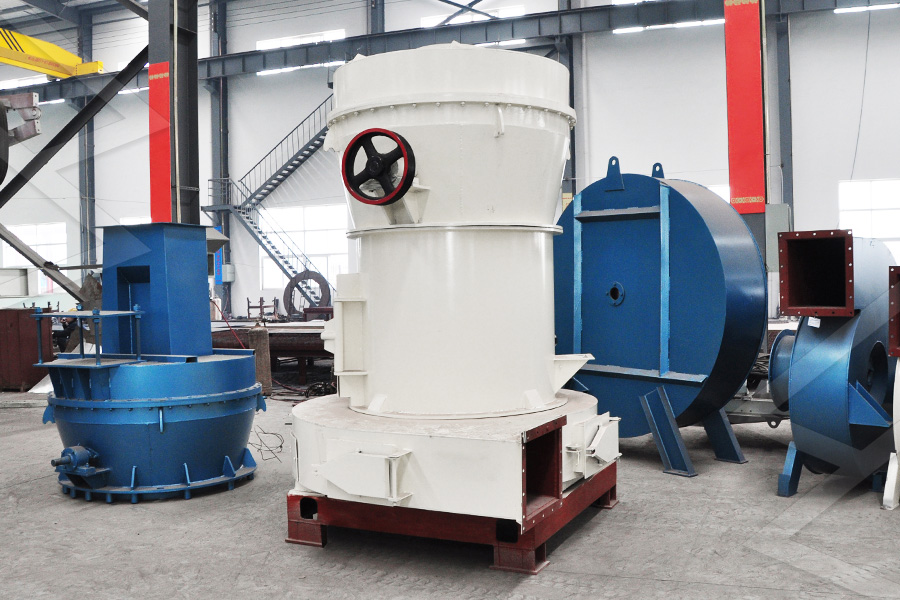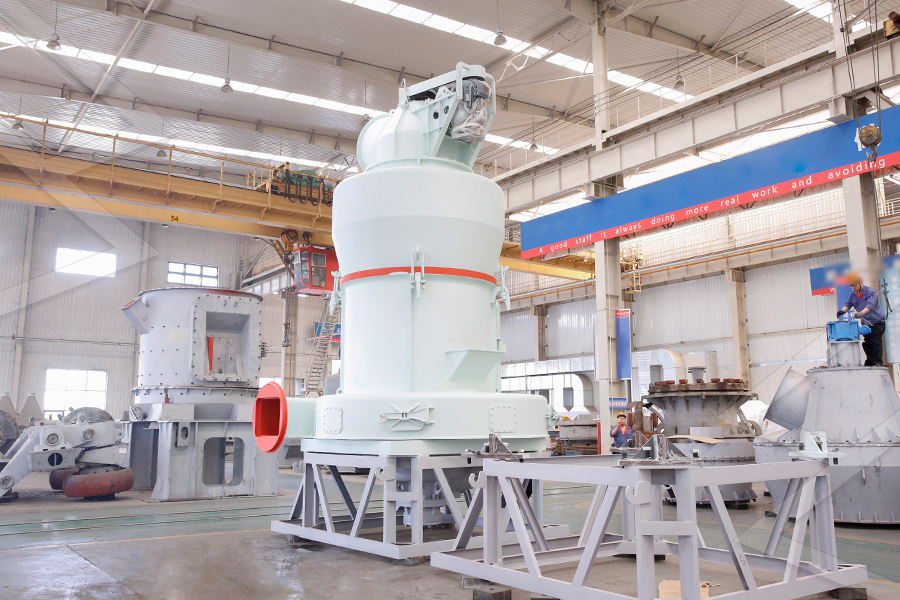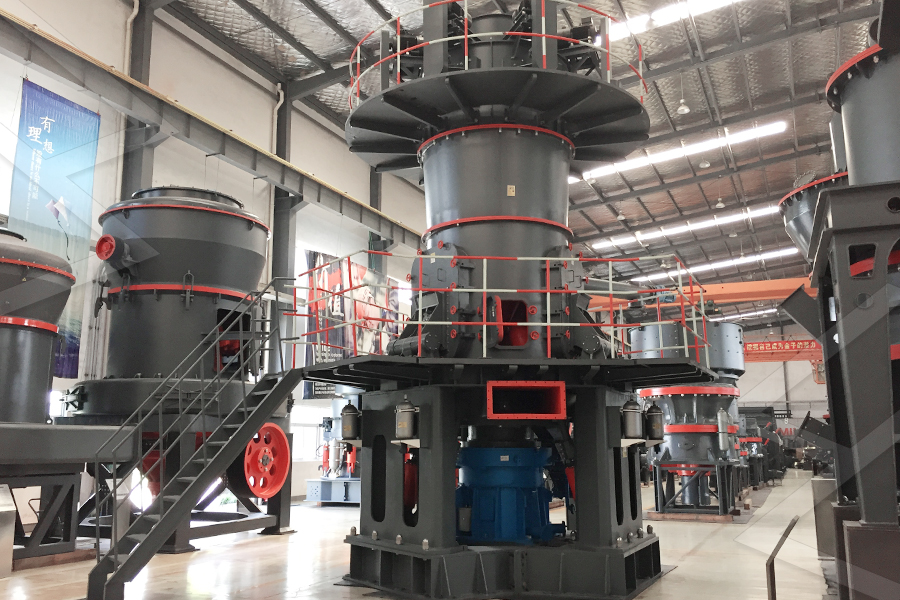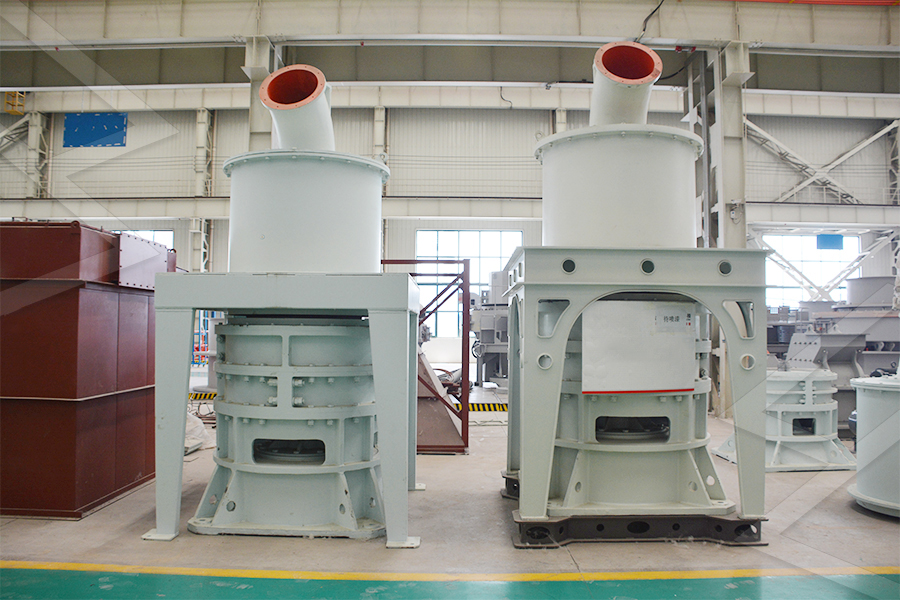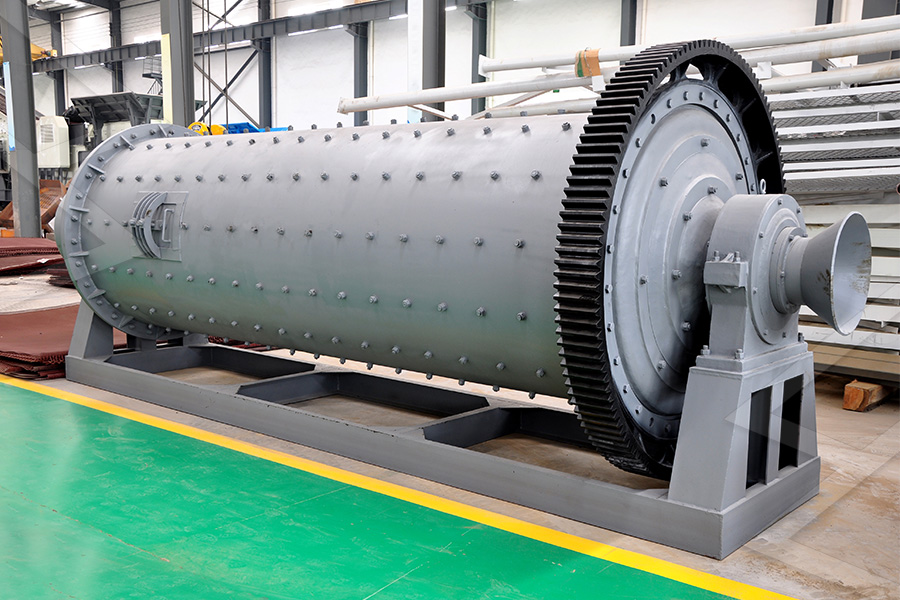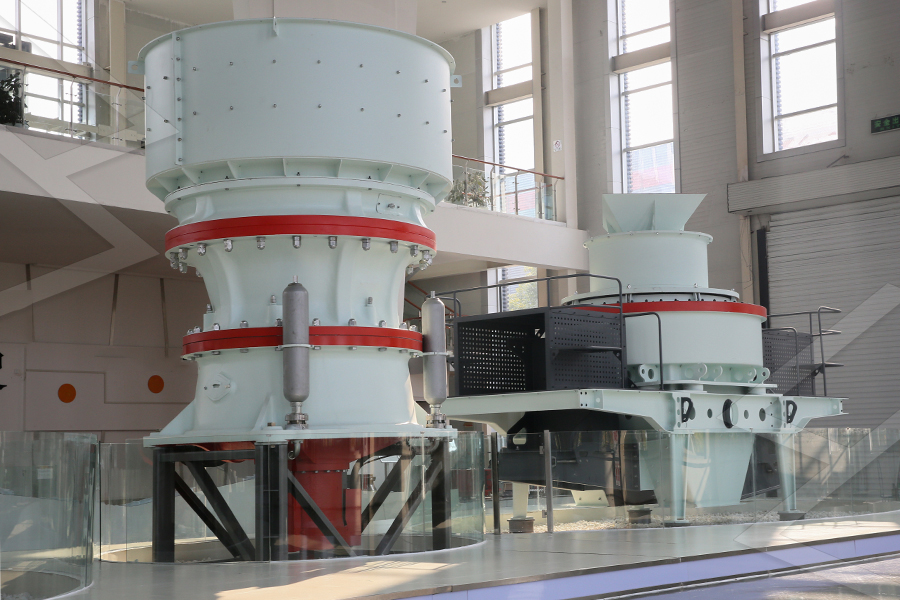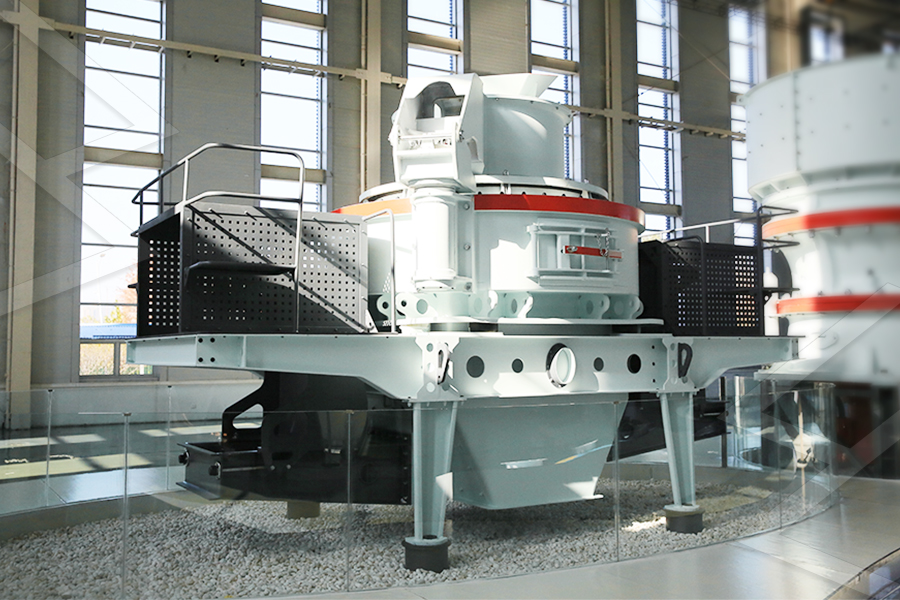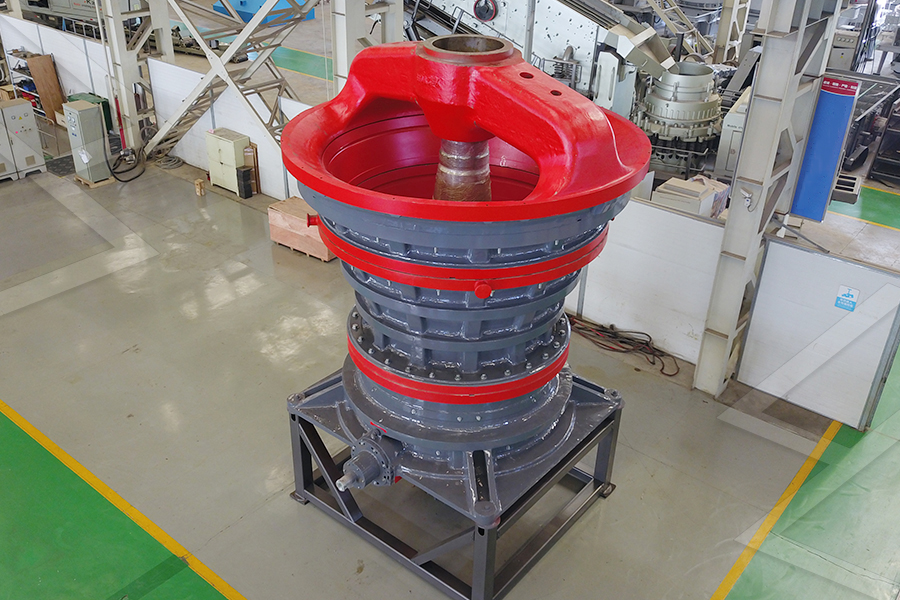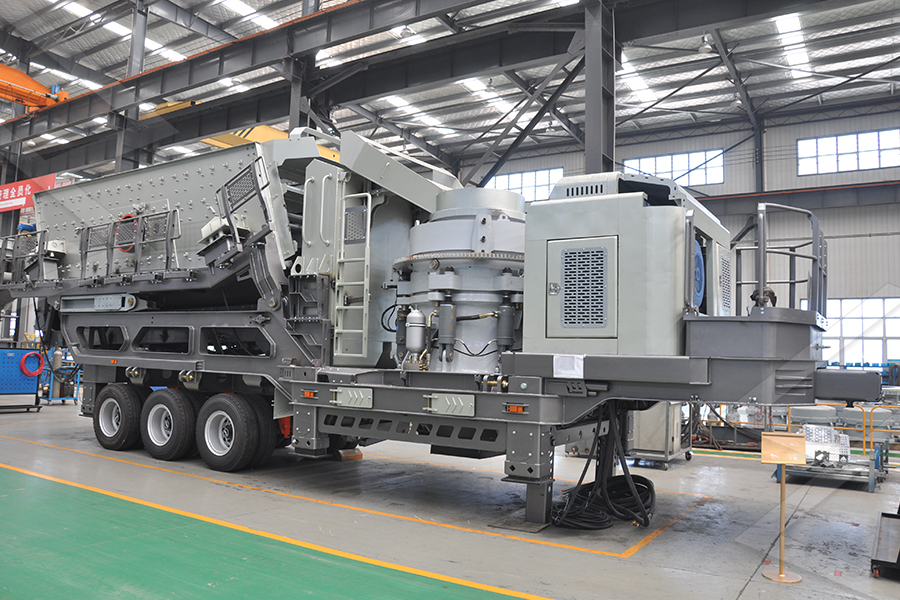The Major Steps in the Process of Open Pit Mining for Iron
Introduction
Welcome to the fascinating world of open pit mining for iron! If you've ever wondered how this vital mineral is extracted from the earth, you're in for a treat. In this blog post, we'll take you on a journey through the major steps involved in the process of iron mining.
Iron is one of the most abundant elements on our planet and plays a crucial role in various industries, from construction to manufacturing. But before we dive into the extraction methods and environmental impact, let's first explore how these valuable deposits are formed deep within the Earth's crust. So grab your hard hat and join us as we uncover the secrets behind iron ore deposits!
Formation of Iron Ore Deposits
Iron ore deposits are formed through a complex geological process that involves several factors coming together in just the right way. It all starts with the presence of iron-rich rocks or minerals, which can be found in various types of rock formations. These rocks may have originally contained small amounts of iron, but over time, they underwent chemical changes and became concentrated sources of this valuable metal.
One common way that iron ore deposits form is through the weathering and erosion of existing rocks. As rainwater seeps into the ground and interacts with certain minerals, it can dissolve away other substances while leaving behind concentrated deposits of iron oxide. This process is often facilitated by microbes or plants that release chemicals that enhance mineral dissolution.
Another method for forming iron ore deposits is through hydrothermal activity. This occurs when hot fluids, rich in dissolved metals including iron, rise up from deep within the Earth's crust and interact with surrounding rocks. As these fluids cool down and lose their ability to hold onto dissolved materials, they deposit their contents in fractures or cavities within the host rocks.
The final major mechanism for creating iron ore deposits is known as sedimentary processes. In some cases, large bodies of water trapped layers upon layers of sediment containing high concentrations of iron particles over millions - even billions -of years. Over time, these sediments were compacted under pressure to create solid rock formations called banded-iron formations (BIFs).
The formation process for iron ore deposits is incredibly intricate and relies on a variety of geological processes occurring over long periods of time. Understanding how these deposits came to be helps us better appreciate both their value as natural resources and the complexity inherent in extracting them for human use.
Extraction Methods for Iron Ore
When it comes to extracting iron ore, there are several methods that miners employ. Each method has its own advantages and challenges, but they all have the same goal: to retrieve this valuable mineral from the earth's crust.
One common extraction method is open pit mining, which involves digging a large hole in the ground and removing the overlying soil and rock to expose the iron ore deposits. This method is commonly used when the ore is close to the surface or when small-scale operations are being carried out.
Another extraction method is underground mining, where tunnels are excavated deep into the earth to reach the iron ore deposits. This method is often employed when larger quantities of ore need to be extracted or when it's not feasible to use open pit mining.
In addition to these primary methods, there are also secondary extraction techniques such as placer mining and hydraulic mining. Placer mining involves using water currents to separate heavy minerals like iron ore from lighter materials such as sand and gravel. Hydraulic mining uses high-pressure jets of water to wash away soil and rocks containing iron ore.
Regardless of which extraction method is used, once the iron ore has been exposed or extracted from its natural state, it undergoes further processing before it can be used commercially. This includes crushing and screening processes that break down large chunks of ore into smaller pieces suitable for transport.
There are various extraction methods available for obtaining iron ore from beneath our feet. The choice of technique depends on factors such as accessibility, scale of operation, environmental considerations, and economic viability. With ongoing advancements in technology and sustainable practices evolving within the industry, we can expect even more efficient ways of extracting this crucial natural resource in years to come.
Crushing and Screening
Crushing and screening are crucial steps in the process of open pit mining for iron. Once the ore has been blasted and drilled, it needs to be broken down into smaller pieces before it can be transported for further processing.
The first step is crushing, where large chunks of ore are fed into a crusher and reduced to smaller particles. This is typically done using jaw crushers or cone crushers, which apply pressure to break the ore apart. The crushed ore is then screened to separate out any oversized or undersized particles.
Screening involves passing the crushed ore through different sized screens to ensure that only particles of the desired size are sent for further processing. This helps to optimize the efficiency of downstream operations such as grinding and beneficiation.
Both crushing and screening require specialized equipment designed to handle large volumes of material efficiently. It is important for operators to continuously monitor and adjust these processes to ensure optimal performance.
Crushing and screening play a vital role in preparing iron ore for transportation and subsequent processing stages. By breaking down larger rocks into smaller ones, these steps enable more efficient extraction of valuable minerals from the earth's crust
Hauling and Transporting
Once the iron ore has been extracted from the open pit mine, it needs to be transported to a processing plant for further refinement. This is where hauling and transporting come into play.
The first step in this process involves loading the ore onto large trucks or railcars. These vehicles are specifically designed to handle heavy loads and navigate rough terrain, ensuring that the ore can be safely transported from the mining site to its destination.
During transport, it is crucial to minimize any loss of material. To achieve this, the trucks or railcars are equipped with covers or containment systems that prevent spillage along the way. This not only helps conserve resources but also reduces environmental impact.
Efficiency is another key factor in hauling and transporting operations. Advanced technologies such as GPS tracking systems allow operators to optimize routes, minimizing travel time and fuel consumption. This not only saves costs but also reduces greenhouse gas emissions associated with transportation.
Safety is always a top priority during hauling and transporting activities. Operators undergo rigorous training on proper handling procedures, including securing loads and following traffic regulations. Regular maintenance checks on equipment also ensure safe operation throughout the transportation process.
Efficient hauling and transporting play a vital role in ensuring a smooth transition from mine to processing plant while minimizing environmental impact and prioritizing safety standards.
Blasting and Drilling
Blasting and drilling are crucial steps in the process of open pit mining for iron. These methods are used to break up the rock and extract the valuable ore within.
When it comes to blasting, explosives are carefully placed into strategically drilled holes in the rock. The explosives are then detonated, causing a controlled explosion that fractures the rock into smaller pieces. This is done to loosen up the ore and make it easier to extract.
Drilling plays a vital role in preparing for blasting. Powerful drills bore deep into the earth, creating holes where explosives can be placed. These drills use different techniques depending on factors such as depth and hardness of the rock.
Safety is paramount during these operations. Qualified personnel work diligently to ensure all safety protocols are followed, minimizing risks associated with explosions and drilling accidents.
Efficiency is also key, as time is money in mining operations. Advanced technologies have made blasting and drilling more precise, allowing for optimal extraction of iron ore while minimizing waste.
Blasting and drilling play essential roles in open pit mining for iron by breaking apart solid rock formations so that valuable resources can be accessed efficiently and safely without harming workers or damaging surrounding ecosystems
Smelting and Refining
Smelting and refining play a crucial role in the process of open pit mining for iron. Once the ore has been extracted from the ground, it undergoes a series of steps to transform it into usable metal.
In smelting, the ore is heated at high temperatures to remove impurities and extract the desired metal. This is typically done in a blast furnace using coke or charcoal as fuel. The intense heat causes chemical reactions that separate the iron from other elements.
Next comes refining, where further purification takes place. The molten iron obtained from smelting goes through various processes to eliminate any remaining impurities. These may include oxidization, electrolysis, or chemical reactions with fluxes.
The goal of smelting and refining is not only to obtain pure iron but also to enhance its properties for specific applications. Different alloys can be created by adding small amounts of other metals during this stage.
It's important to note that smelting and refining are energy-intensive processes and can contribute significantly to carbon emissions if not properly managed. Therefore, finding environmentally sustainable methods for these operations is an ongoing challenge within the industry.
Smelting and refining are critical steps in turning raw iron ore into valuable metal products used in various industries like construction, automotive manufacturing, and aerospace engineering among others
Environmental Impact and Sustainability
When it comes to open pit mining for iron, the environmental impact is a crucial aspect that cannot be ignored. The extraction of iron ore can have several negative consequences on the surrounding environment if not managed properly.
One of the major concerns is deforestation. Open pit mines require clearing large areas of land, which often involves cutting down trees and destroying natural habitats. This loss of vegetation can disrupt ecosystems and lead to soil erosion and water pollution.
In addition to deforestation, mining operations also generate a significant amount of waste material known as tailings. These tailings can contain harmful chemicals such as heavy metals that can leach into nearby water sources, contaminating them and posing risks to both human health and aquatic life.
Furthermore, blasting and drilling activities in the mining process produce noise pollution, which can disturb wildlife populations in the area. The vibrations caused by these activities may also have detrimental effects on structures near the mine site.
To mitigate these environmental impacts, sustainable practices must be implemented throughout all stages of the mining process. This includes proper reclamation techniques to restore disturbed lands after mining operations are completed. Additionally, measures should be taken to minimize waste generation and ensure its safe disposal or reuse whenever possible.
Another important aspect of sustainability in iron mining is reducing energy consumption during processing. Implementing more efficient technologies and utilizing renewable energy sources can help reduce carbon emissions associated with smelting and refining processes.
While open pit mining for iron has undeniable economic benefits, it is imperative that we prioritize responsible practices that take into account environmental impact mitigation strategies along with long-term sustainability goals.
Conclusion
In this article, we have explored the major steps involved in the process of open pit mining for iron ore. From the formation of iron ore deposits to the extraction methods and refining processes, each step plays a crucial role in ensuring a steady supply of this valuable resource.
Open pit mining has proven to be an efficient and cost-effective method for extracting large quantities of iron ore from the earth. However, it is important to consider the environmental impact and work towards sustainable practices in order to minimize any negative consequences.
The formation of iron ore deposits over millions of years provides us with a glimpse into Earth's geological history. Understanding these formations helps geologists locate potential sources for mining operations.
Extraction methods such as crushing, screening, hauling, transporting, blasting, drilling, smelting, and refining are all vital components that contribute to the overall efficiency and productivity of an open pit mine.
While these processes are necessary for obtaining usable iron ore materials, they can also have significant environmental impacts if not properly managed. It is essential for mining companies to implement responsible practices that mitigate pollution risks and protect ecosystems surrounding these operations.
Sustainability should be at the forefront when considering long-term viability in iron mining. This includes implementing recycling programs wherever possible and investing in research and development efforts aimed at finding alternative materials or improving existing technologies.
As consumers rely heavily on products made from steel – which requires iron ores – it is imperative that we strike a balance between meeting our current demand while safeguarding future generations' access to natural resources.
By continuously evaluating our methods and striving towards environmentally friendly solutions within the industry, we can ensure sustainable iron mining practices that benefit both our present needs and those yet to come.
